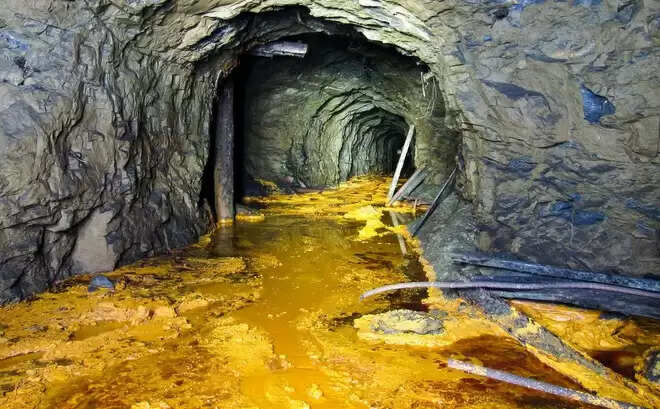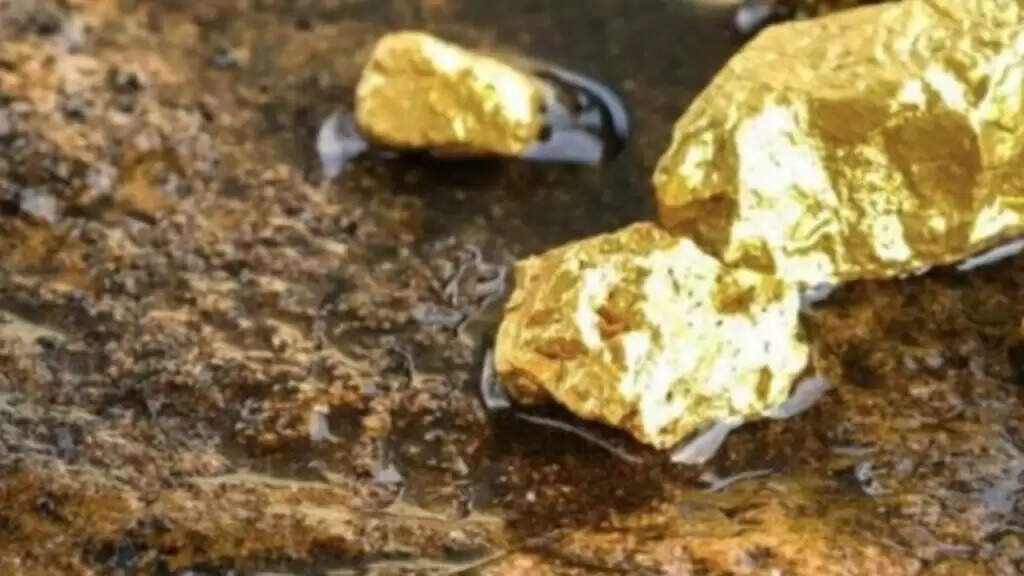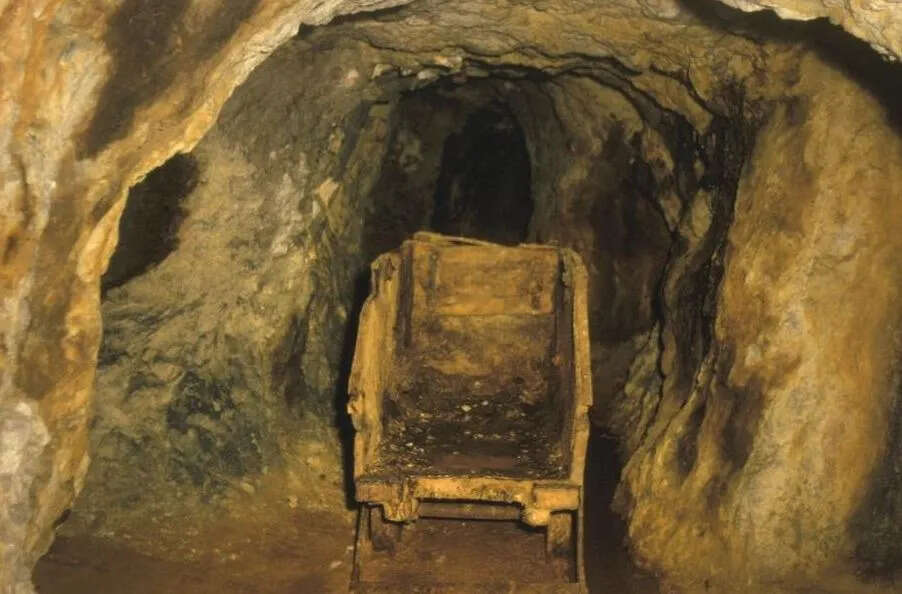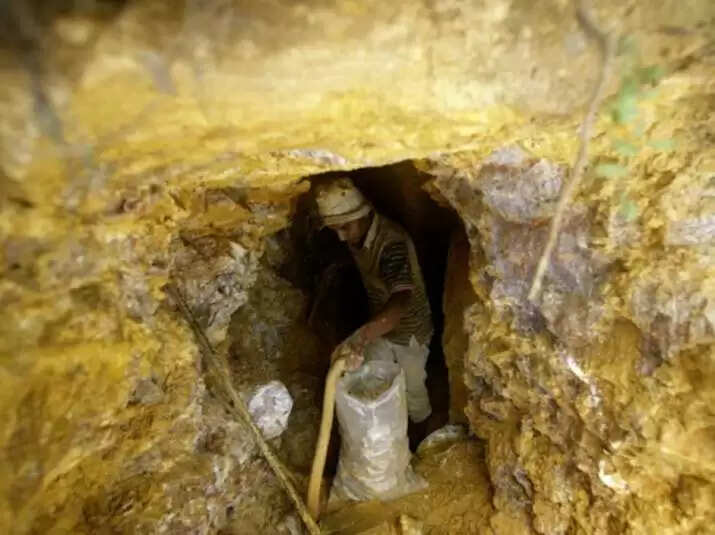
In a California gold mine, archaeologists unveiled ancient relics dating back 40 million years. During the mid-19th century, miners unearthed numerous stone artifacts and human remains in tunnels at Table Mountain and other gold mining locations. Experts attribute these findings to the Eocene era, spanning 38 to 55 million years. Dr. J. D. Whitney, California’s chief geologist, documented these discoveries in the publication “The Auriferous Gravels of the Sierra Nevada of California,” released by Harvard University’s Peabody Museum of Comparative Zoology in 1880. However, the scientific discourse surrounding these artifacts shifted due to the challenging of Darwinist perspectives on human origins. The initial gold discovery in the gravels of Sierra Nevada Mountains’ riverbeds occurred in 1849.

This revelation drew a diverse array of adventurers to cities such as Brandy City, Last Chance, and Lost Camp. Initially, individual miners employed panning techniques to extract nuggets and flakes from the gravel-laden streambeds. Soon after, gold-mining companies expanded their operations, utilizing shafts drilled into mountainsides to trace gravel deposits, while others employed high-pressure water jets to wash auriferous gravels from slopes.
Miners made significant discoveries, unearthing numerous stone artifacts and human bones. J. D. Whitney conveyed vital information to the scientific community, emphasizing challenges in dating surface deposits and artifacts from hydraulic mining. However, items found in mine shafts or tunnels proved more datable. Whitney noted that geological records indicated the auriferous rocks were mostly of Pliocene age, yet contemporary geologists posit that certain gravel deposits may date back to the Eocene.
In Tuolumne County, numerous shafts traversed Table Mountain’s deep strata, reaching the gold-bearing rocks. Some shafts extended beneath the latite for extensive distances. Gravels atop bedrock range from 33.2 to 56 million years old, while others span from 9 to 55 million years. William B. Holmes, a physical anthropologist at the Smithsonian Institution, asserted that had Professor Whitney fully grasped the modern understanding of human evolution, he might have hesitated in announcing his conclusions, despite substantial supporting evidence.

Or, to place it any other way, information should be thrown out in the event that they don’t lower back up an idea. This is what arreped did. Whitney nevertheless suggests a number of the matters on the Phoebe Hearst Museum of Anthropology on the University of California, Berkeley. Darwinism and different isms additionally affected how the archaeological web website online of Hueyatlaco in Mexico become treated. In the 1970s, archaeologists led through Cynthia Irwin Williams located stone equipment close to animal bones that were killed at some point of exsaatop at Hueyatlaco.

Geologists, like Virginia Steen McIntyre, labored collectively to determine out how vintage the webweb page changed into. Geologists used 4 strategies to determine out how vintage the webweb page changed into: zircon fission tracks courting on volcanic layers above artifact layers, uranium collection courting on butchered bones, zircon tgask courting on volcanic layers above artifact layers, and tephra-hydration courting on volcanic crystals in volcanic layers above artifact layers. Archaeologists commenced spotting how vintage the webweb page changed into due to the fact they thought: (1) No one ought to have made such artifacts everywhere on Earth 250,000 years ago; and (2) North America wasn’t inhabited till approximately 15,000 to 20,000 years ago.






